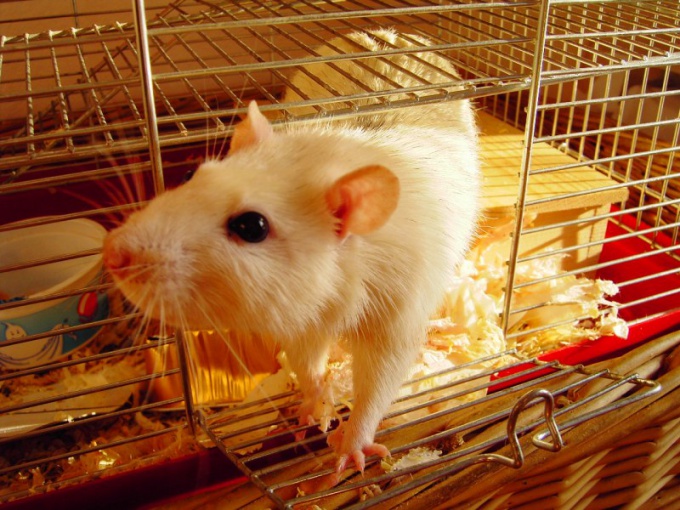You will need
- -animal:
- -unconditioned stimulus (e.g. food);
- -conditioned stimulus (sound device, light, etc.).
Instruction
1
Select an animal from which you will develop a conditioned reflex. It can be dog, cat, hamsters, Guinea pigs, etc., Check the status of the health of your Pets. The patient animal reflex may not be developed at all, because it does not always react even to very strong stimuli.
2
Decide whether you will develop a natural or artificial conditional reflex. Natural one that is produced with the help of agents accompanying unconditioned reflex in vivo. This can be, for example, the smell of food. If you encounter this odor the animal starts increased salivation. Artificial conditional reflex is produced by the action of agents of another type. But in any case, the stimulus must be strong enough.
3
Any living organism is constantly responding to various stimuli. A reaction peculiar to animals and humans from nature. For example, if a representative of a particular type did not react to the food, the view would disappear pretty quickly. Food evokes a reflex reaction. Think of the unconditioned reflex you will use to generate a conditional.
4
Select conditional stimulus. It needs to be more unconditional and able to attract the attention of the animal. An example of such a conditioned stimulus — electronic collar for dog. When the dog does something undesirable, the owner presses the button, and the animal receives a mild electric shock. During normal training so most likely not produced conditional reflex, and the braking is unconditional, that is, the animal learns not to respond to any stimuli. To develop a reflexand it is better to use the light or alarm sound.
5
Eliminate extraneous stimuli. They can distract your pet. For example, if you decided to use sound in your "lab" the rest must be silence. Otherwise, the animal simply will not pay attention to the new sound. If before serving food, you will use a signal light bulbs, all the rest of the room should be evenly lit.
6
Prepare the animal. Create his motivation. If you as the unconditioned stimulus use food, the animal must be hungry, otherwise it will not react as desired. Motivation must be maintained in the future.
7
Spend the first experiment. Turn on the light or beeps, and then give the animal food. One of the rules of elaboration of the conditional reflexand is that the unconditioned stimulus must always precede the conditional. Known cases when conditional reflex is produced after the first experience. Usually to achieve this goal requires some time and repetition.
8
Repeat experiment. The action of the conditioned stimulus must always precede the appearance of unconditional. That is, in any case, you first give the signal, and then feed his ward. In the absence of the conditioned stimulus to the unconditional use should not be. The animal gradually formed a set of biochemical, neurophysiological and other connections of the Central nervous system. Conditioned stimulus begins to cause not only behavioral, but also biochemical reactions.
